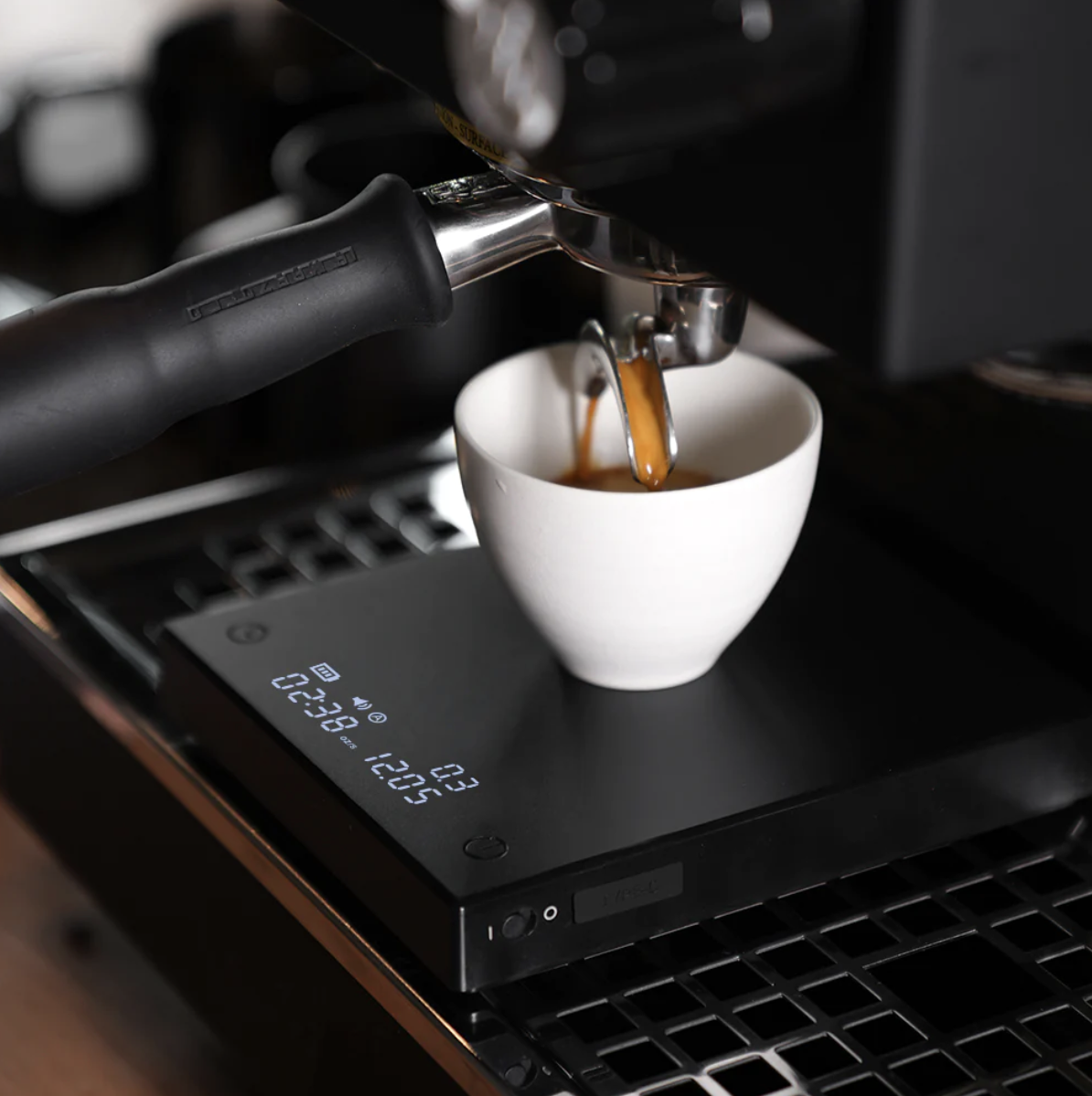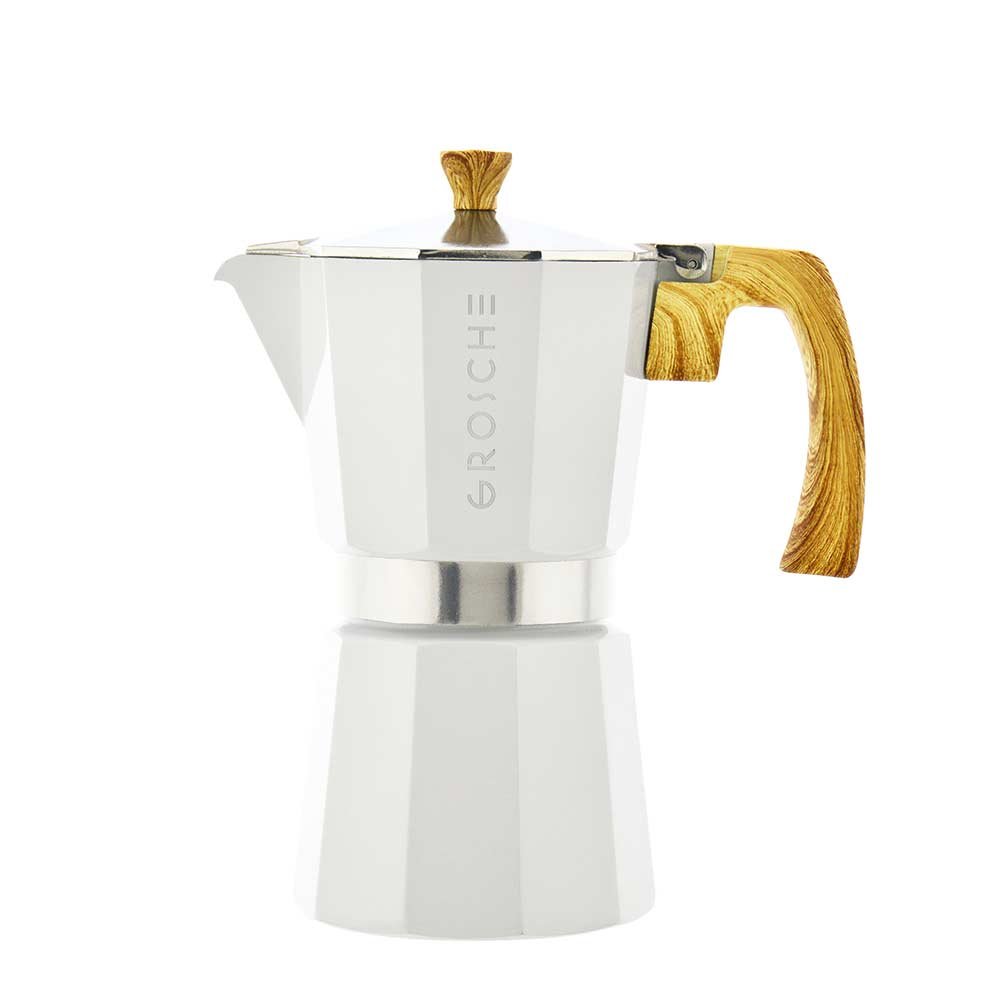If You've Overlooked These Two Key Factors, Your Coffee Might Not Taste As Good As It Should.
Brewing coffee at Home
With The Best Water and the Right Grind Size, the Perfect Moka Pot Coffee is Ready for You
Coffee enthusiasts often dream of enjoying a perfectly crafted latte with velvety steamed milk, typically created with an espresso machine at a cozy café. However, the reality is that espresso machines can come with a hefty price tag, like the popular Breville Barista Express Espresso Machine, which can cost a daunting $699. While scoring a discounted deal on Big Sale Days, such as Black Friday or New Year Sales, can provide some relief, the investment may still feel out of reach for many. As we close the online pages showcasing these expensive coffee machines, perhaps it's time to turn our attention to an efficient alternative - the Moka Pot.
The Moka Pot offers a financially sensible and rewarding brewing experience, granting us the opportunity to savor our caffeine fix without breaking the bank. With a touch of know-how, this coffee pot can yield a delightful cup of coffee right in the comfort of our homes. If you're already equipped with a moka pot but find yourself yearning for that perfect brew, you might be overlooking two critical factors: water quality and grind size. According to Andrea Allen, the 2020 U.S. Barista Champion, water quality and the consistency of grind size play significant roles in achieving that ideal extraction. While many coffee enthusiasts tend to focus on the quality of coffee beans or the choice of milk and specialty coffee brands, the significance of water quality and the grind size are often underestimated.
When it comes to water quality, the impact can vary depending on what you're brewing. For a flavorful and well-balanced cup of coffee, the water used should contain a certain level of mineral content. Water that is overly distilled or excessively softened - where all minerals are removed - can lead to weak extraction and lackluster flavor in your coffee. Selecting the right water type is crucial in enhancing the taste of your coffee. Opt for water with a balanced mineral content by reviewing the mineral levels, usually expressed in milligrams per liter (mg/l) or referred to as "TDS" (Total Dissolved Solids) or "dry residue". Aim for a mineral content ranging from 50 to 157 mg/l. One recommended option with a mineral content of 130 mg/l is Volvic, highlighted in an article by Difference Coffee, a specialty coffee company that specializes in Specialty Arabica graded on a strict 100-point scale.
When it comes to grind size, there are differing schools of thought Andrea Allen suggests using a medium-fine grind size for brewing coffee in a Moka pot. Grinding the coffee beans too finely can potentially lead to clogging in the pot, compromising the extraction quality. Yet, the taste preferences of coffee drinkers can vary significantly. If you prefer a robust, concentrated coffee experience, go for a medium-fine grind. On the other hand, if you lean towards a lighter-bodied, less intense coffee, coarser grinds might better suit your palate, offering a more flavorful experience.
In the realm of brewing great coffee, paying attention to details like water quality and grind size can elevate your coffee game significantly. By refining these key elements, you can unlock the true potential of your home-brewed coffee. So, before your next brewing session, remember to give due consideration to water quality, grind size, and the brewing process to savor the perfect cup of coffee tailored to your taste preferences. Cheers to brewing your best cup!



